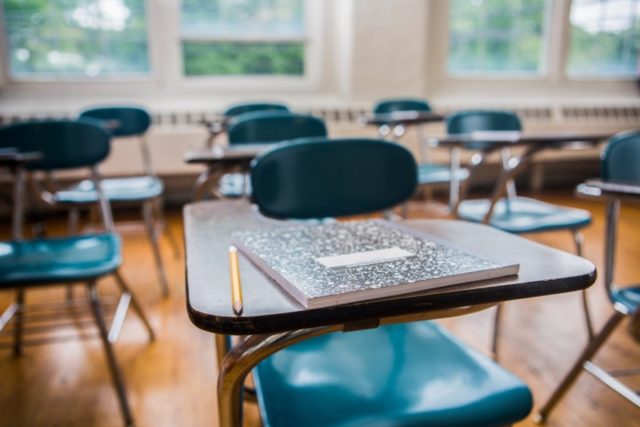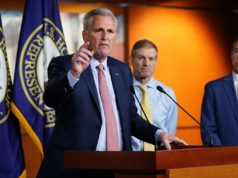New government data provides more evidence confirming what most of us already suspect: the kids are not alright. Two school years of schooling disruptions have taken a serious toll on students’ academic and emotional well-being. Disadvantaged children have faced the biggest challenges.
The Department of Education released survey data showing widespread concerns about public schools’ academic performance and alarming increases in the number of students’ seeking mental health services. 82 percent of parents and 89 percent of staff are concerned that public schools are not meeting students’ academic needs. An alarming 70 percent of public schools reported that more students are seeking mental health services than before the pandemic.
On Tuesday, the nonpartisan Government Accountability Office released survey data highlighting the significant challenges that low-income children and students learning English faced when public schools were closed. A survey of K-12 public school teachers revealed that disadvantaged elementary school students were 23 times more likely to lack an adequate workspace during remote learning. The congressional watchdog agency reported that teachers serving high-poverty and English learner students were more likely to report that students were absent from class and falling behind academically when schools were closed.
Many parents appear to be taking matters into their own hands by opting to withdraw their children from public schools. The U.S. Department of Education’s new report on the Condition of American Education found that national public school enrollment declined from 50.8 million in 2019 to 49.4 million in the fall of 2020. Nearly 7 percent of American parents said that their child was being homeschooled during the 2020-21 school year. Parents with incomes ranging from $25,000 to $75,000 were more likely to report that their children were being homeschooled than those earning more than $100,000.
For Congress and state lawmakers, the latest evidence showing the significant costs of prolonged school closures should be a wake-up call that significant changes are needed to recover learning losses and address the growing student mental health crisis.
For starters, members of Congress should hold hearings and conduct oversight to examine how states and public school districts are using the $190 billion in emergency K-12 education aid that was provided during the pandemic. The majority of these funds remains unspent. Lawmakers have a responsibility to press state education agencies and school districts to use federal emergency funds to help children recover, such as by providing children with access to tutoring and summer learning options.
Congress should also investigate and document the totality of nationwide public school closures during the pandemic. While most public schools are finishing the current school year with in-person learning, widespread disruptions occurred in 2022. For example, the Department of Education’s April survey revealed that 13 percent of public schools transitioned to remote learning in February. Investigating and documenting the number of in-person school days that have been lost since March 2020 — breaking down the data by public school district and public school — would help parents and policymakers better understand what must be done to help students avoid lifelong setbacks due to schooling disruptions.
For state lawmakers, parents’ growing concerns about their children’s academic and emotional wellbeing and their public schools’ ability to meet their needs should spur new efforts to give parents control of their children’s school funding.
On Tuesday, the Department of Education reported that American public schools were spending $15,600 per child on average during the 2018-19 school year. Letting parents control how their children’s education funds are used to find the right learning environment will begin to address the damage that has been caused by prolonged school closures.
More than half of the states now have publicly-funded education choice programs. Last year, at least 600,000 children used education savings accounts, vouchers, or tax-credit funded scholarships to choose alternative learning environments, according to EdChoice. Millions of children could benefit if state lawmakers gave parents more choices.
The latest government data are clear: parents and teachers are warning us that school closures during the pandemic hurt students’ academic and emotional wellbeing.
It’s time for lawmakers to act.
Dan Lips is a senior fellow with the Foundation for Research on Equal Opportunity.







